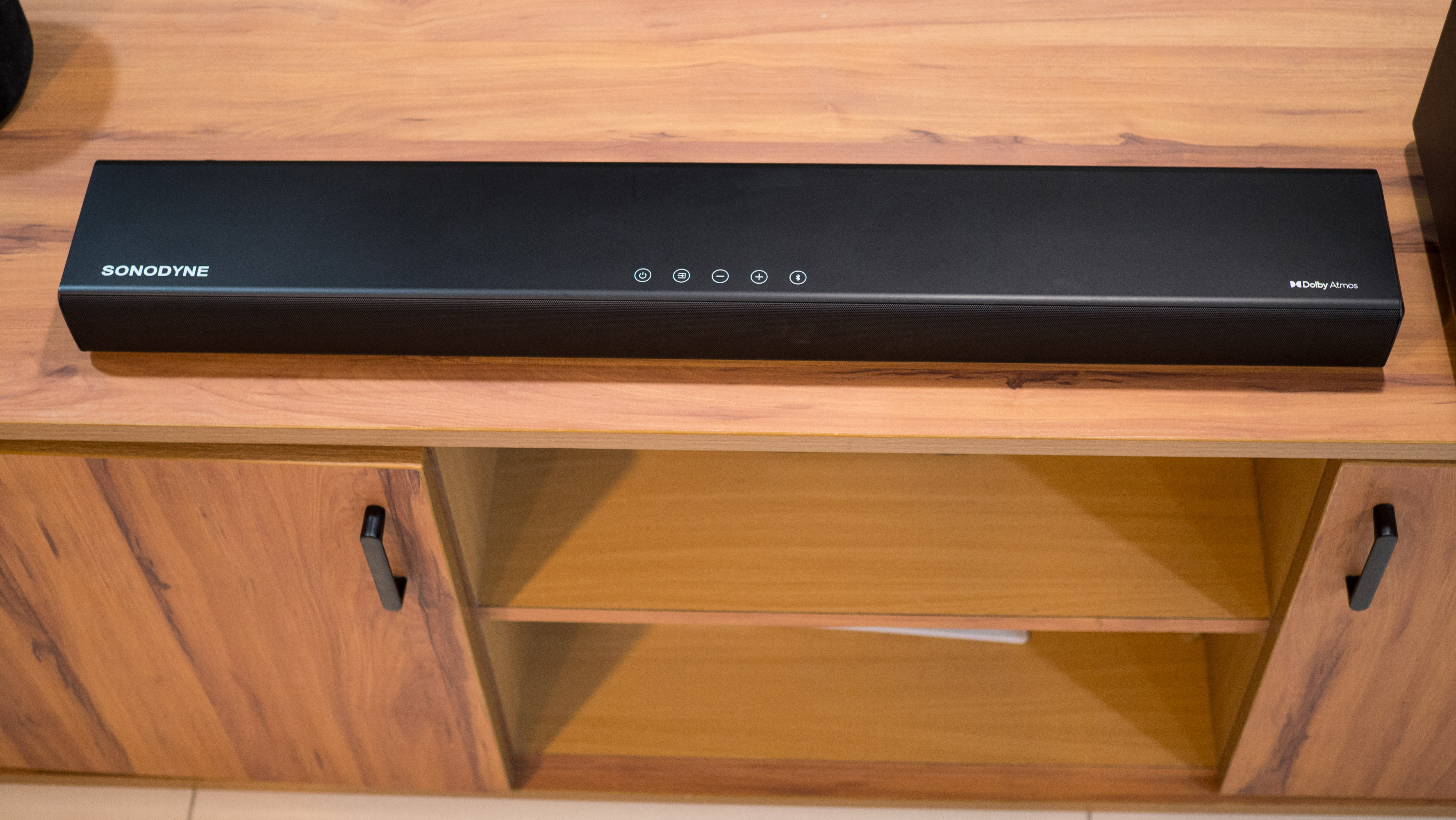I used Dockcase's new MagSafe SSD enclosure with my Pixel 9 Pro XL, and it was great
Why use an external SSD when you can access an NVMe drive with your phone?
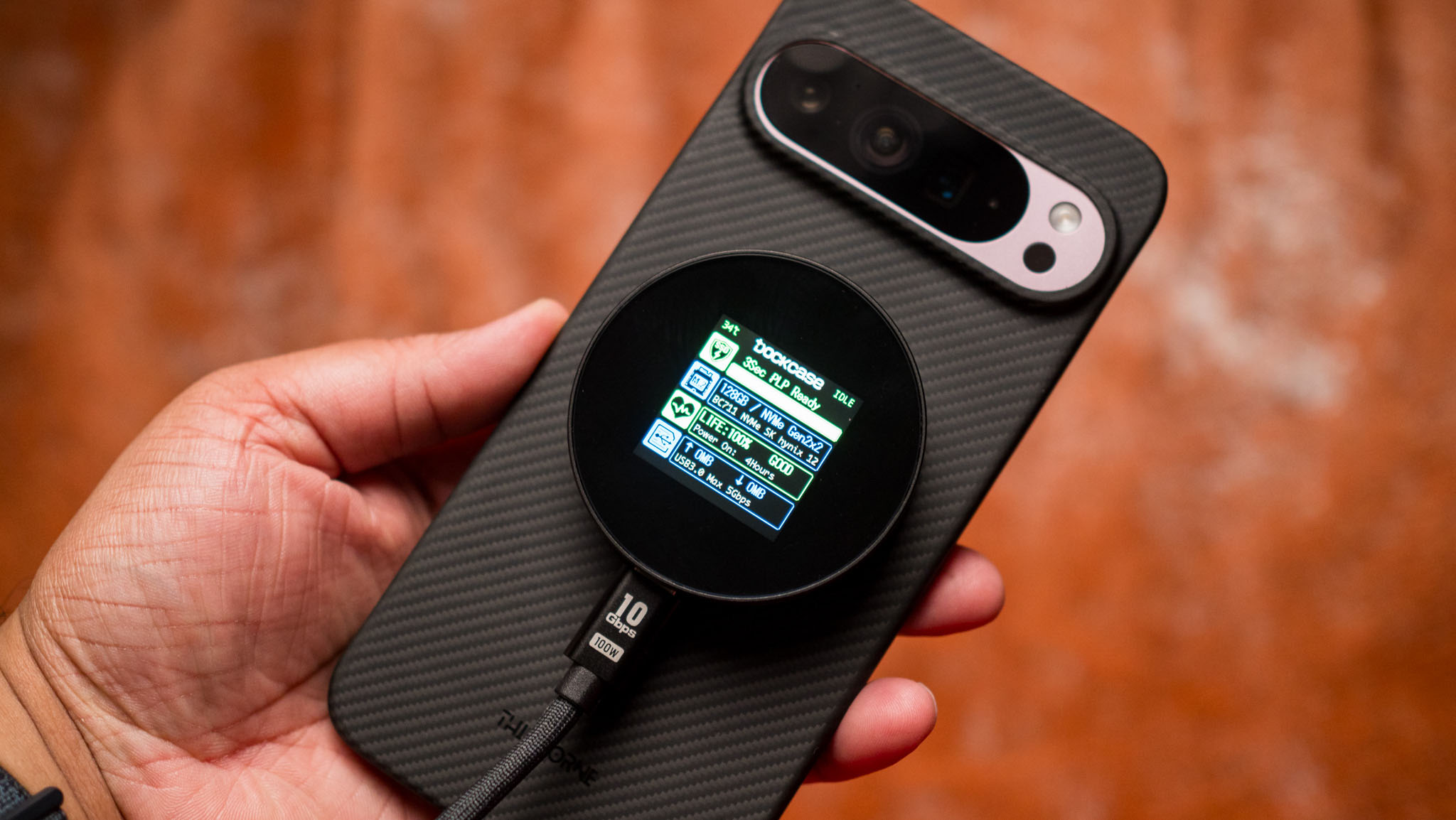
Dockcase makes a lot of interesting tech accessories, and the brand is known for its SSD enclosures and USB-C docks. What I like about its products is that they come with an LCD panel that showcases real-time stats, whether that's charging info, USB or HDMI connection details, or transfer status when moving data.
Dockcase's latest product is the Smart MagSafe M.2 SSD Enclosure; as the name suggests, it is an SSD enclosure that relies on MagSafe to securely attach to the back of your device. It is currently being crowdsourced on Kickstarter for $49, and will debut for $79 as soon as it hits retail availability. That's the 15W model, and there's a 100W edition that you can get for $69, which will cost $99 at retail.
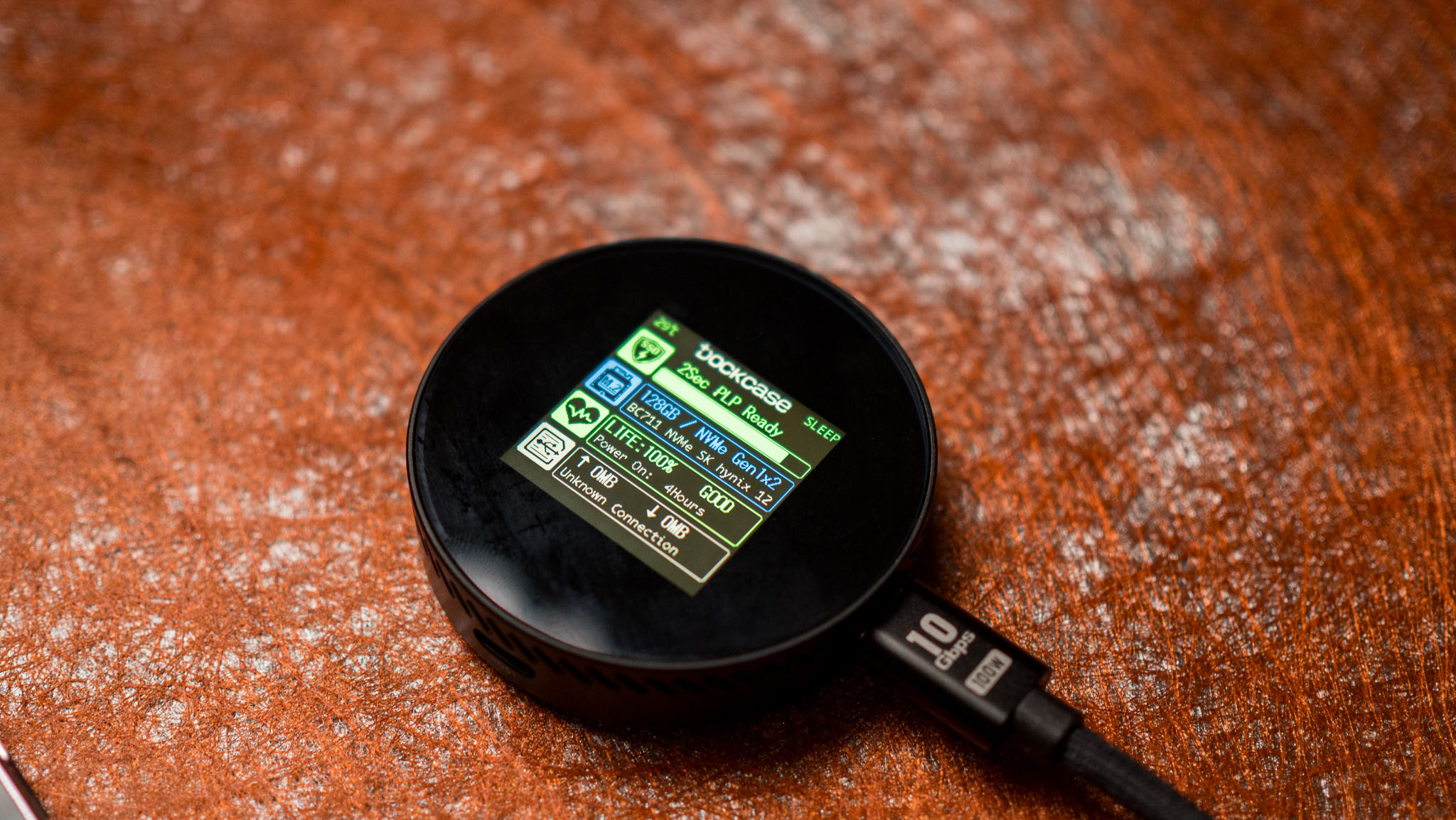
The MagSafe SSD is made out of an aluminum chassis, and it isn't too heavy at 53g. It has built-in passive cooling that does a good job ensuring the SSD that's slotted within doesn't overheat, and in my testing, thermals weren't an issue.
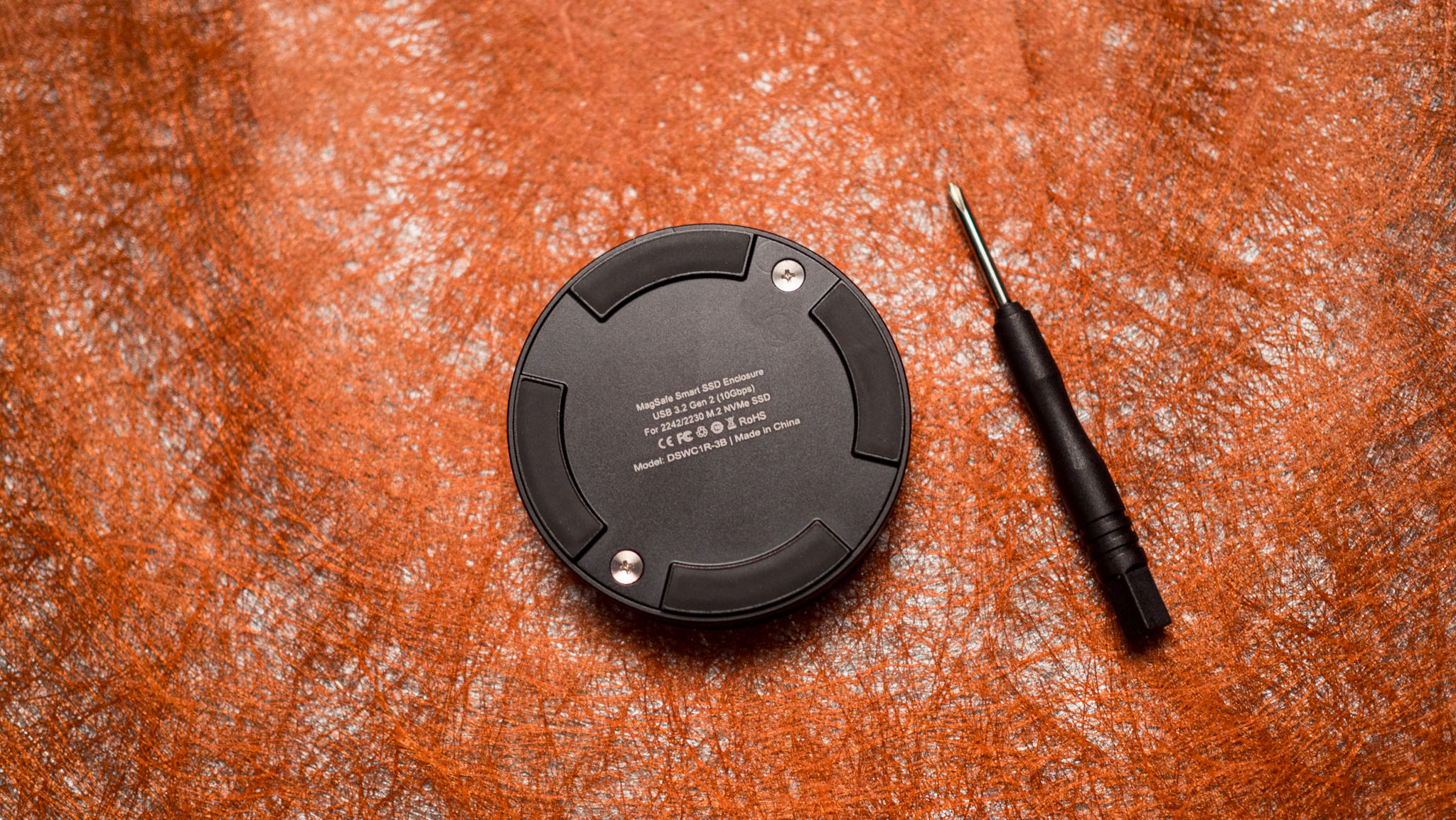
The best part is that it has magnets at the back that allow you to attach the SSD to the back of your phone. Technically, this is designed to be used with MagSafe products, and I had no issues connecting it to my iPhone 16 Pro Max. But with Android phones also picking up the ability to use MagSafe accessories via cases, that's the route I took.
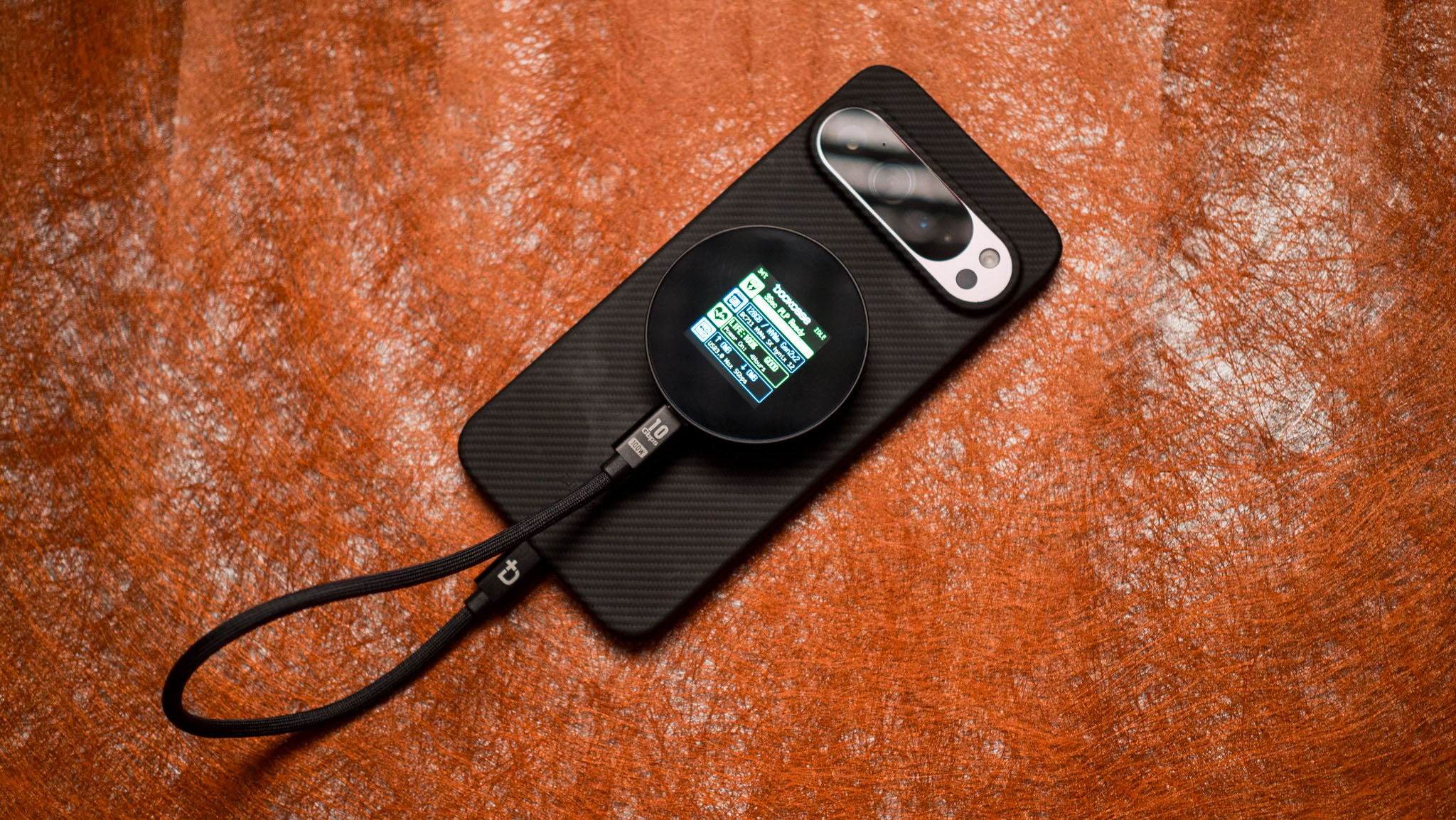
I used Thinborne's excellent thin case on my Pixel 9 Pro XL to connect the MagSafe SSD enclosure to the device, and I also tested the drive with my Windows machine and Steam Deck. Dockcase provided a 128GB M.2 drive with the enclosure to test, but the device can slot in any M.2 2230 or even M.2 2242 SSDs up to 2TB in size.
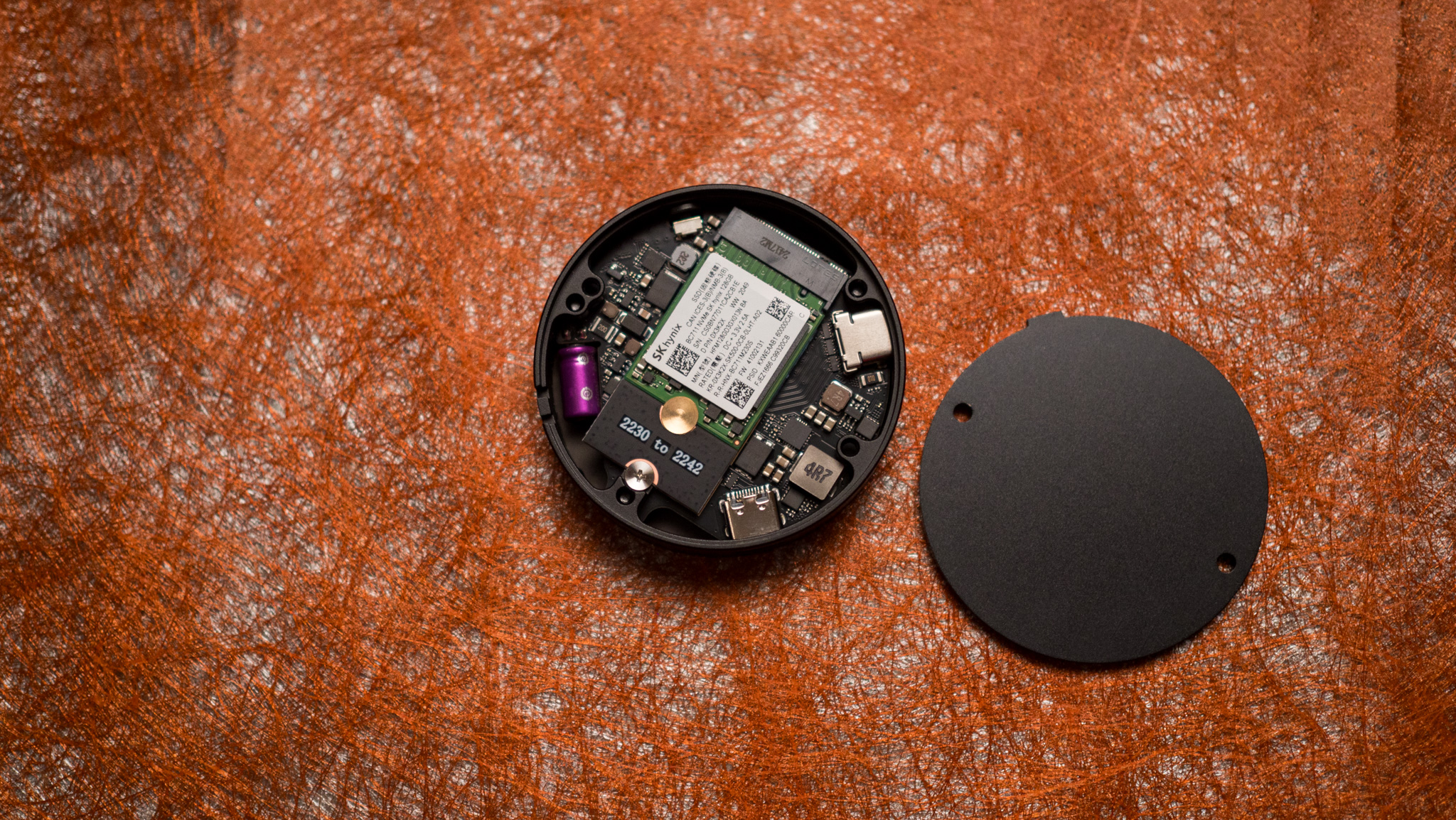
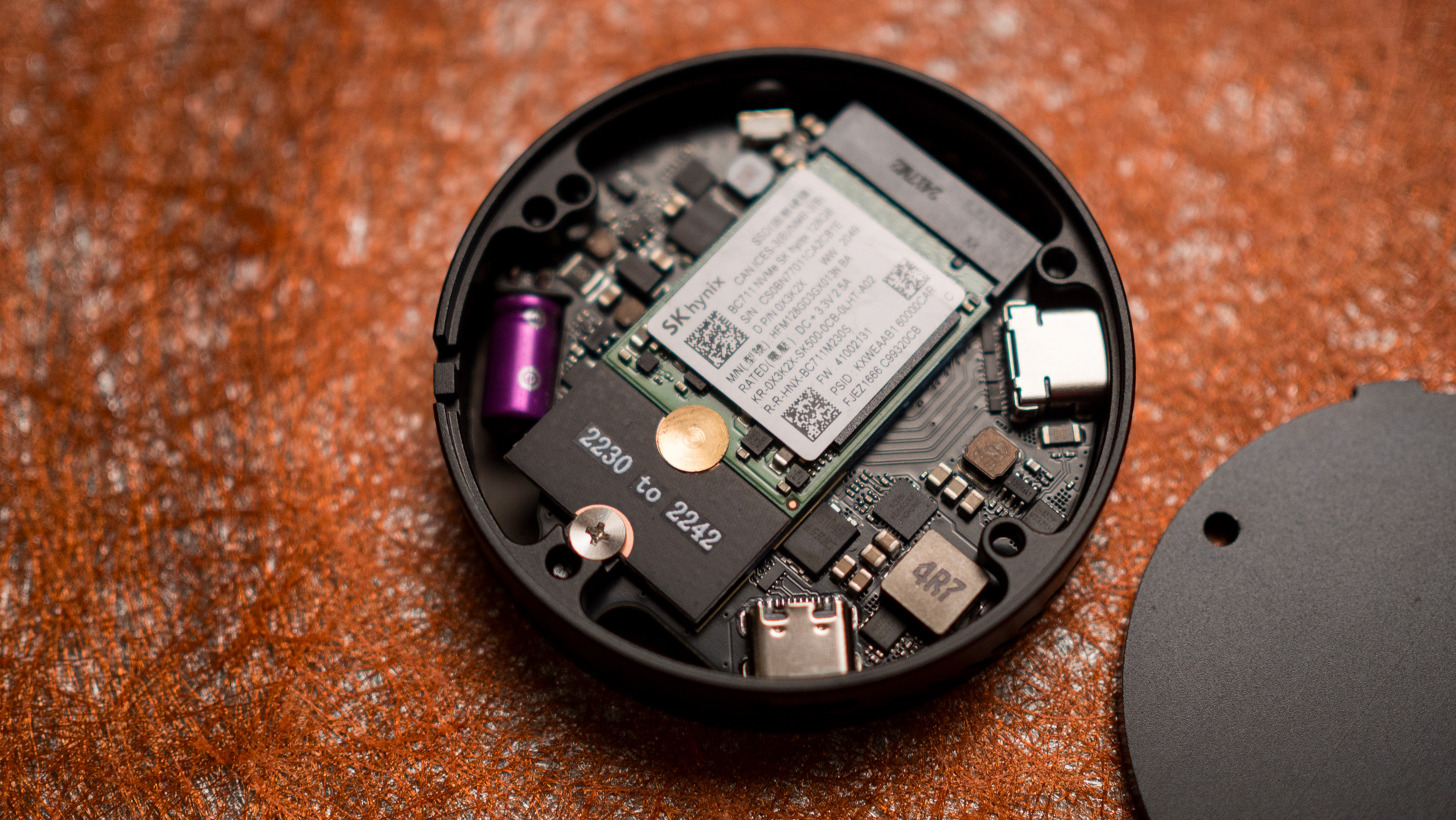

With the Steam Deck and other gaming handhelds using the M.2 2230 standard, there are plenty of great SSD options available, and I recommend Corsair's MP600 Core Mini. Using the MagSafe SSD enclosure with my Pixel 9 Pro XL was straightforward; the external drive showed up as soon as it was connected, and I was able to easily transfer data out of my phone.
The built-in panel comes in handy in this regard, and the ability to see real-time transfers on an external SSD is just cool. The enclosure attached securely to the back of the Thinborne case, and there wasn't an instance where I was worried about it dislodging.
Get the latest news from Android Central, your trusted companion in the world of Android
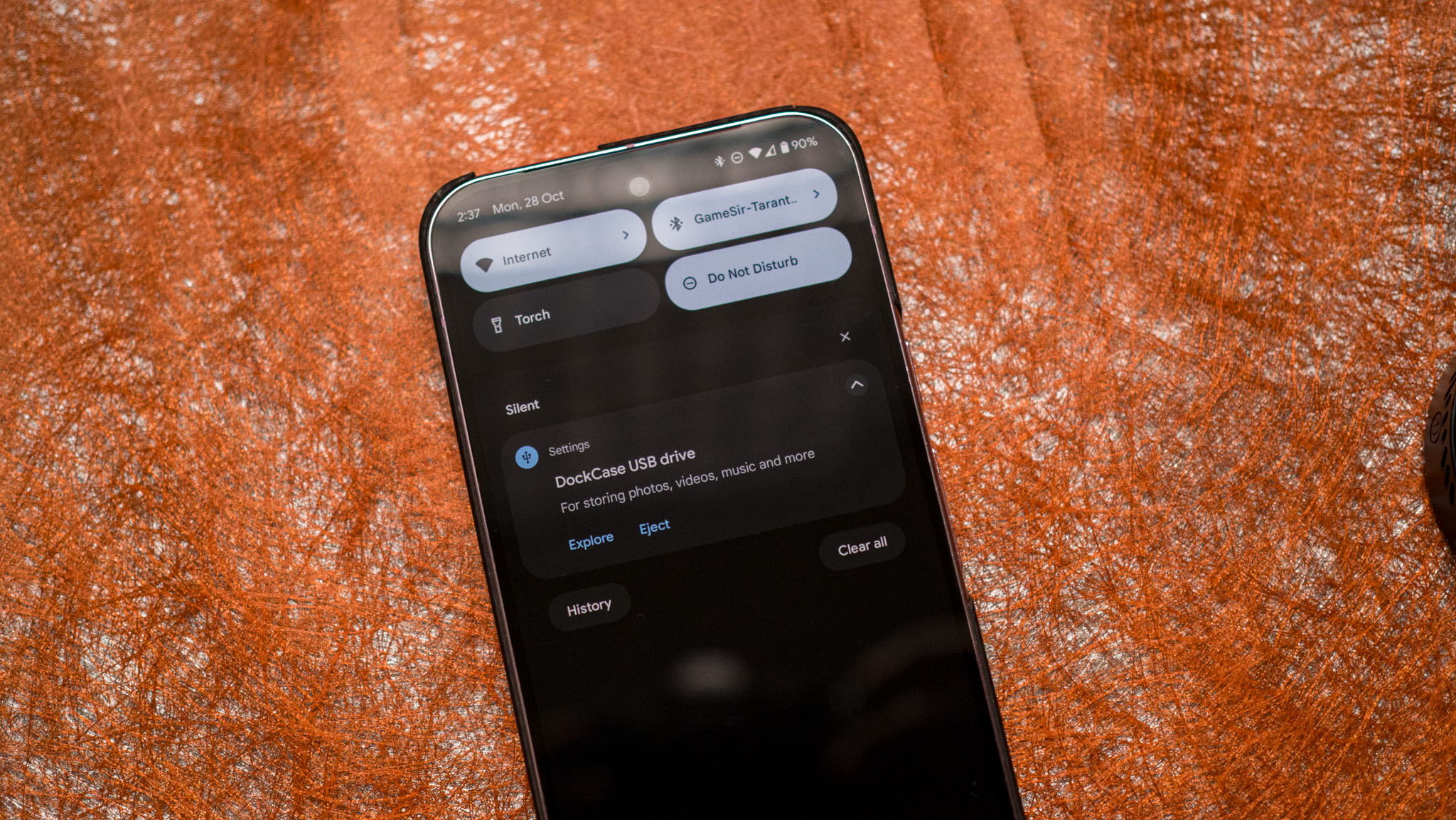
You get two USB-C ports on the device — one is to connect to host devices, and the other is used for passthrough charging. The model I tested came with 100W USB PD charging and was able to deliver 90W via passthrough mode, so you can plug in a charger to the power port on the MagSafe SSD enclosure and have the other USB-C port deliver up to 90W of power to connected devices while transferring data.
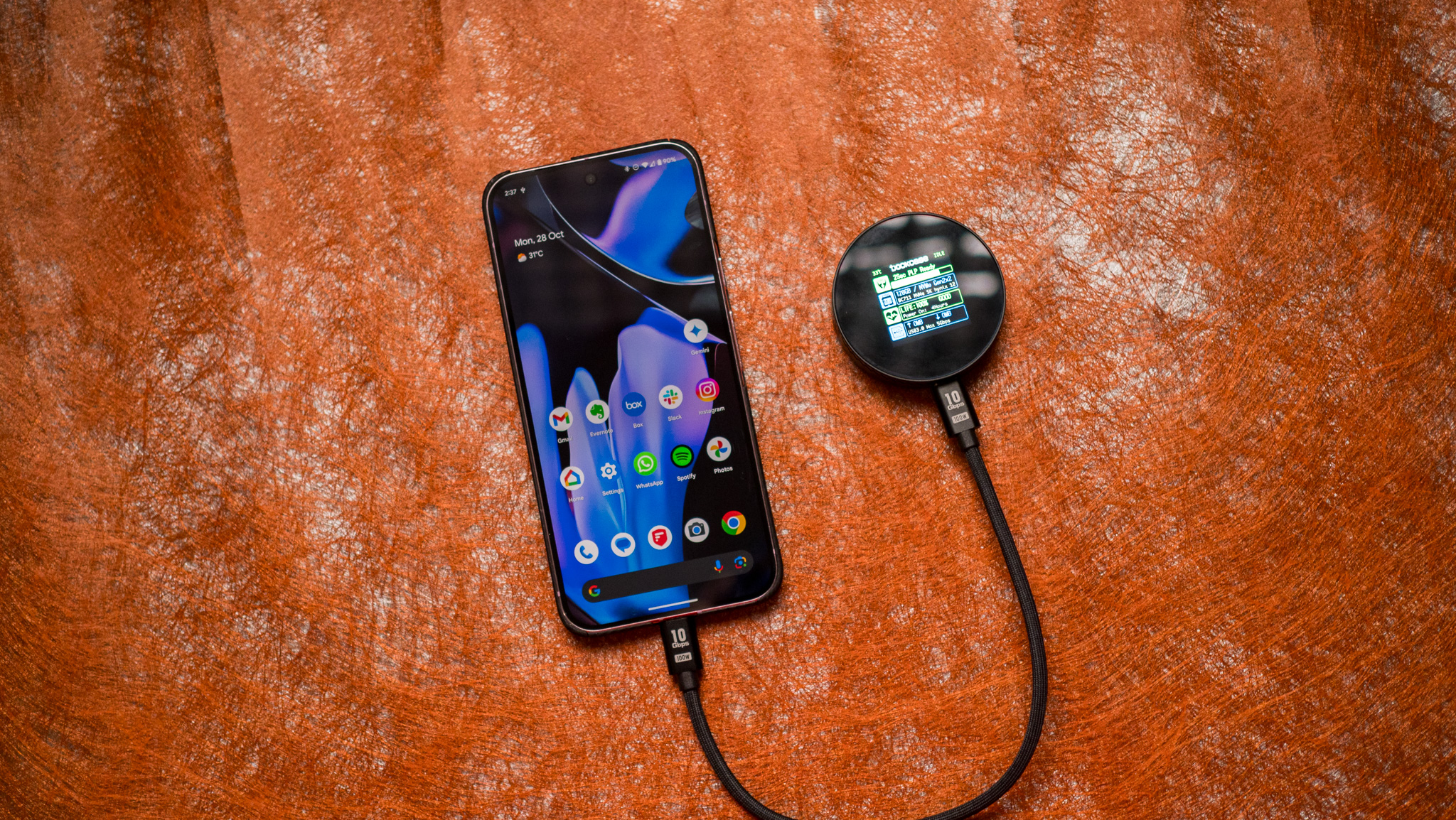
The USB-C port uses the USB 3.2 Gen 2 standard, and has a bandwidth of 10Gbps, which is more than adequate for phones and devices like the Steam Deck. Having an SSD attach to the back of the phone instead of dangling around is highly convenient, and where Dockcase shines is the versatility — you can use any M.2 2230 or 2242 SSD with the enclosure.
I used a few MagSafe-based SSDs, and Dockcase's product clearly has a lot going for it. If you're interested in picking it up, the Kickstarter is valid until November 8, following which the device will hit general availability.

Harish Jonnalagadda is Android Central's Senior Editor overseeing mobile coverage. In his current role, he leads the site's coverage of Chinese phone brands, networking products, and AV gear. He has been testing phones for over a decade, and has extensive experience in mobile hardware and the global semiconductor industry. Contact him on Twitter at @chunkynerd.
You must confirm your public display name before commenting
Please logout and then login again, you will then be prompted to enter your display name.
